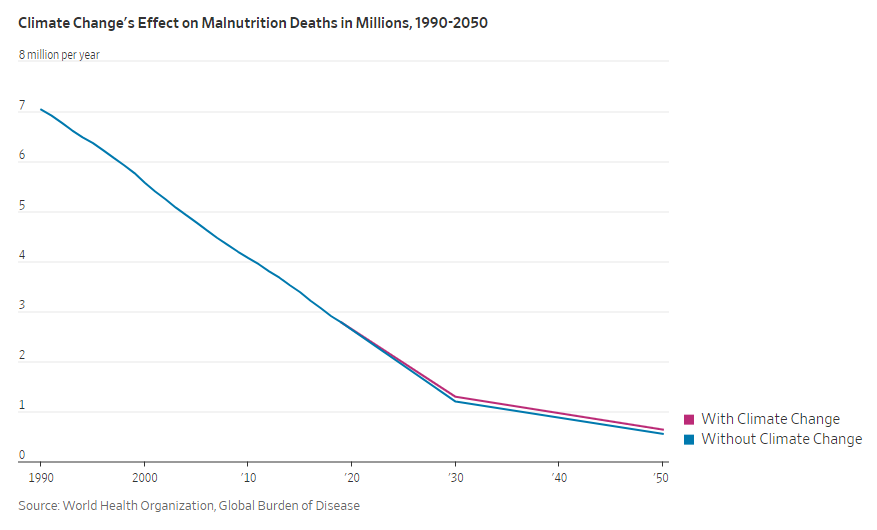(p. C18) A decade ago, the rise of smartphones and tablets seemed to spell doom for the Dell computer company, which had tried to enter both markets without success. (Does anyone remember the “phablet”?) By 2012 Dell’s market share for PCs had eroded to just over 10%, and its share price had sunk below $9, from around $30 in 2007.
“I felt abandoned by the public shareholders,” admits Michael Dell, the company’s founder and CEO, in his new autobiography, “Play Nice But Win,” published next week. But Dell’s historically low stock price also offered a silver lining. With help from Silver Lake, a private-equity firm, in 2013 Mr. Dell paid $24.9 billion to take his company private. This rare maneuver freed him to transform his company “without the tyranny, the ever-ticking shot clock, of a quarterly earnings report,” he writes.
Today the company rebranded as Dell Technologies is worth around $80 billion, more than four times its value before going private.
. . .
In his efforts to take the company private in 2013 and then take it public again in 2018, Mr. Dell locked horns with Carl Icahn, an activist investor, who publicly compared Mr. Dell to Machiavelli and threatened to purchase the company himself and install a new CEO. In his book and in conversation, Mr. Dell is unsparing about Mr. Icahn, calling him a “circus clown” with “zero moral compass” and “no idea what Dell does.” Mr. Icahn, in turn, calls Mr. Dell a “bamboozler” who tried to “swindle” shareholders.
. . .
A range of supply-chain problems have meant that demand for PCs has been outstripping supply. But Dell has done a better job than its rivals of getting the relevant parts, and the company has moved more quickly than Hewlett-Packard Inc. and others in anticipating a shift in PC sales from consumers to businesses as offices open back up. Mr. Dell explains that the company’s approach to manufacturing has shifted in recent years from “just in time to just in case,” with supply chains that are geographically diverse enough to handle disruptions. He adds that the company’s longstanding approach of selling directly to customers has meant Dell’s “signal quality is higher” than its competitors when it comes to registering what people and companies actually want.
. . .
Mr. Dell is the last computer pioneer who is still running his own company. Although he acknowledges it is harder at his age to cultivate the “beginner’s mind” capable of generating radical new ideas, he says he has no plans to step aside any time soon. The work feels too interesting and too important, he explains, and he’s having too much fun: “I love what I do.”
For the full essay, see:
(Note: ellipses added.)
(Note: the online version of the review has the date October 1, 2021, and has the title “WEEKEND CONFIDENTIAL; Tech Founder Michael Dell Is Navigating a Changing Industry.” The article does not indicate whether the quotes from Michael Dell are from his book or from an interview. I am guessing that except for a quote explicitly identified as from the book, the quotes are from an interview.)
The book by Dell mentioned in the essay is:
Dell, Michael. Play Nice but Win: A CEO’s Journey from Founder to Leader. New York: Portfolio, 2021.


